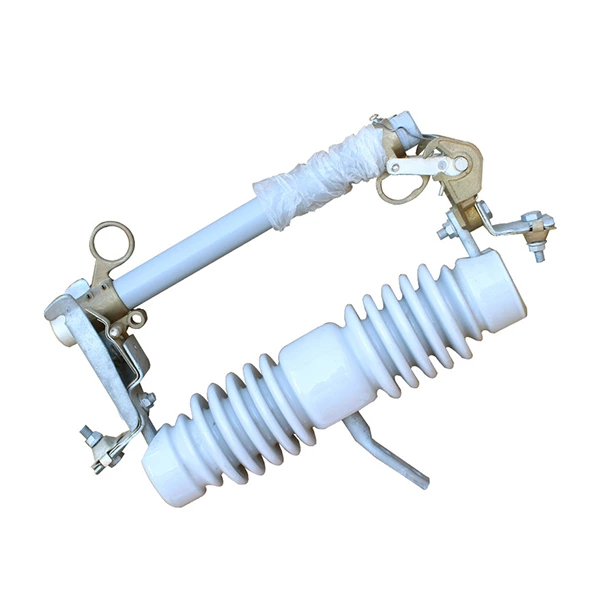Analysis Of Common Defects Of Drop-out Fuses And Countermeasures
As an important overload and short-circuit protection device in 10kV distribution lines, the operational reliability of drop out fuse directly affects the safety and stability of the distribution network. This article analyzes common types of defects in actual operation and proposes corresponding technical countermeasures.
1、 Mechanical structural defects
Abnormal contact system
Oxidation and erosion of contacts are common problems. During long-term operation, the contact surface of the moving and stationary contacts may oxidize the metal material due to high arc temperature, increase the contact resistance, and may cause local overheating or even accidental melting of the fuse. Especially in coastal or industrial pollution areas, salt spray and corrosive gases can accelerate the oxidation process of contacts.
Spring mechanism failure
If the energy storage spring experiences fatigue fracture or decreased elasticity, it will cause the melting tube to fall less sensitively. On site cases have shown that when the effective number of springs decreases by 20%, the drop time of the melt tube will be extended to more than twice the standard value, seriously affecting the efficiency of fault isolation. This phenomenon is particularly prominent in frequently operated circuits.
2、 Deterioration of insulation performance
Ceramic aging
After the glaze layer on the surface of the supporting porcelain bottle peels off, the deposition of dirt can easily form conductive channels. Experimental data shows that when the surface salt density of ceramic insulators exceeds 0.1mg/cm ², their flashover voltage will decrease by 30% -40%. Crack type defects are more common in areas with large temperature differences during winter, and are closely related to mechanical stress caused by thermal expansion and contraction.
Carbonization of melting tube
The carbonization layer formed on the inner wall of the arc extinguishing tube under multiple arc actions will significantly reduce the insulation strength. When the carbonization depth exceeds 1/3 of the pipe wall thickness, it may trigger a penetrating discharge. According to statistics from a certain region, the carbonization defect rate of molten tubes that have been in operation for more than 5 years is as high as 42%.
3、 Abnormal electrical characteristics
Fuse characteristic offset
Long term overload or environmental temperature changes can cause changes in the lattice structure of fuse metal. Actual testing has found that fuses that have undergone more than 5 cycles of 80% rated current operation may have a melting time deviation that exceeds the allowable range of IEC standards by 2-3 times.
Decreased arc extinguishing ability
When the extinguishing medium becomes damp or insufficiently filled, the probability of arc reignition increases. Comparative experiments have shown that the medium recovery strength of arc extinguishing sand with a moisture content exceeding 0.5% decreases by about 60%, which may cause secondary faults such as melting tube rupture.

